A few days back I shared a few pines that had been left with me to wire and style and I said I had two left to go. When given the work to complete its human nature to jump in and grab the trees that excite you the most and leave the tricky ones to the end. Well these are the end ones.

This little Mugo Pine is an oversized pot was a challenge. Humble material with a lot of the branches coming from the same spot high up in the tree. How to make an interesting image and at the same time reduce the branches at the top to stop it becoming an unsightly swelling.
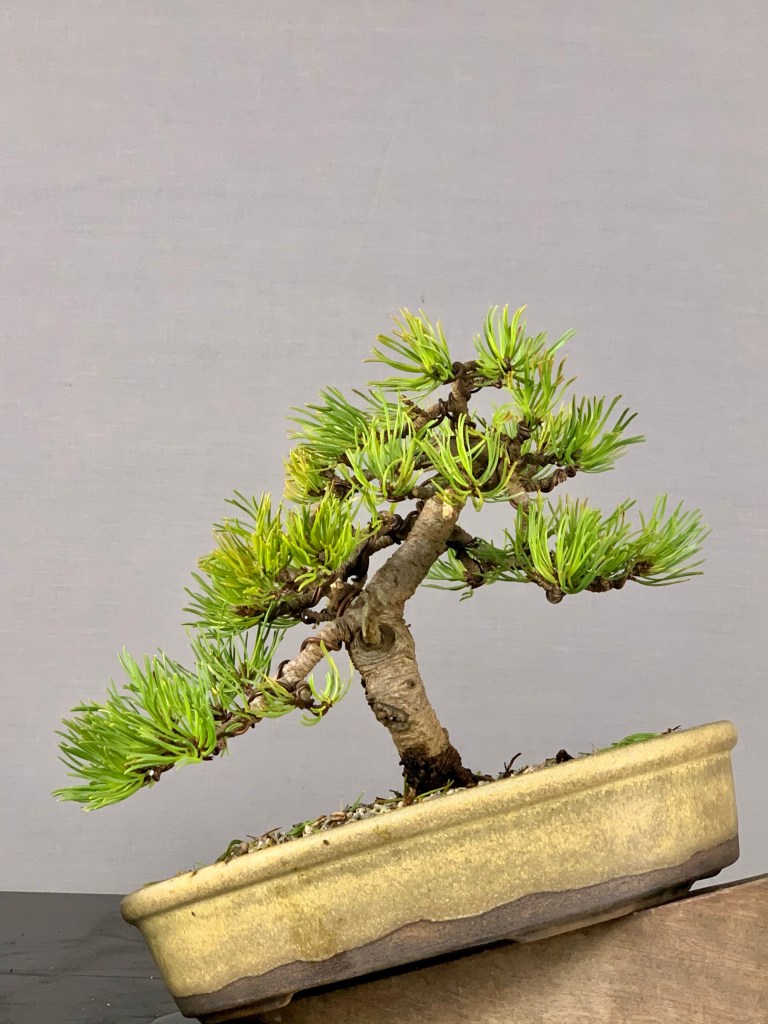

Above is the result. An angle change to add more trunk movement and to bring the apex over to the left to be harmonious with the character branch. A heavy apex branch at the back was removed and a few other weaker ones to start the reduction. This trees image will change massively when the pot is changed.
I keep telling my bonsai friends to practice. We don’t have an endless stream of trees to work nor are all those trees going to be high end. However taking a simple tree like this with a few issues and going through the design process can be beneficial. This took 30 minutes.
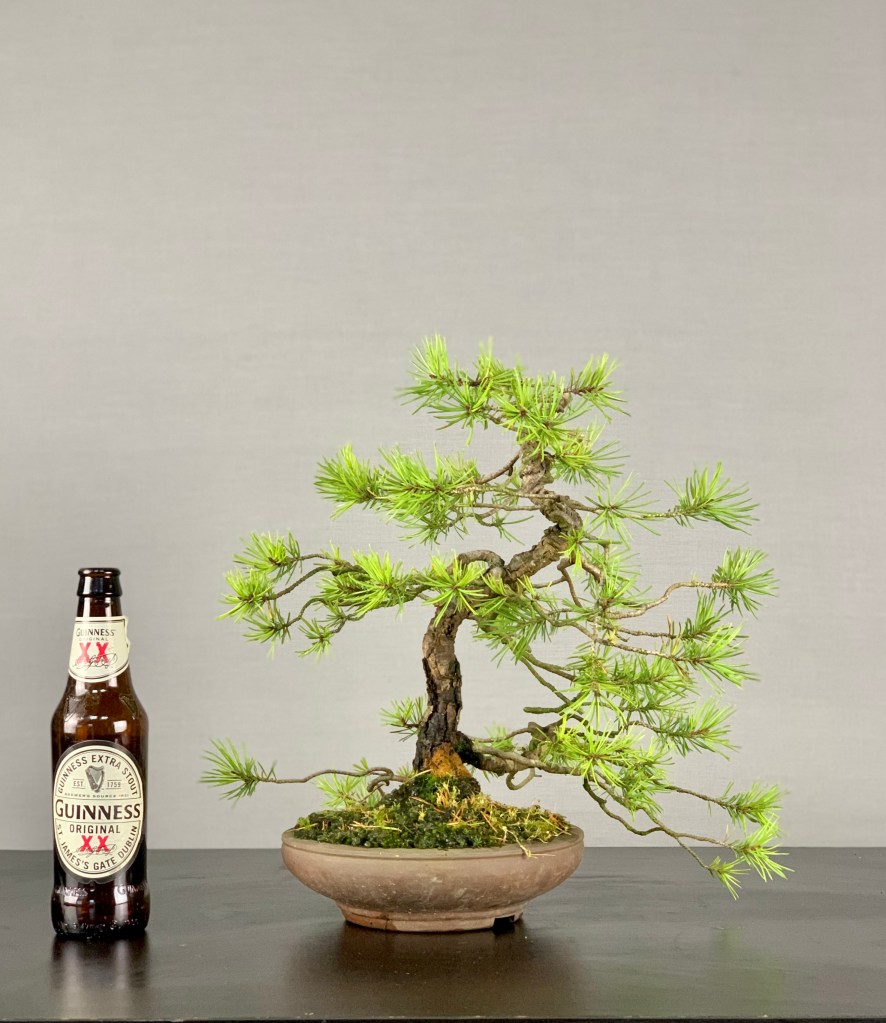
This second tree, a Scots Pine grown from seed by the owner, was also a tricky proposition. It’s always been leggy branch wise for as long as I remember it. It seems to cycle between periods of extreme growth with back budding and then shuts down. As its not in my care I can’t say for sure what the cause is. Perhaps as a seed grown tree it could just be genetic.
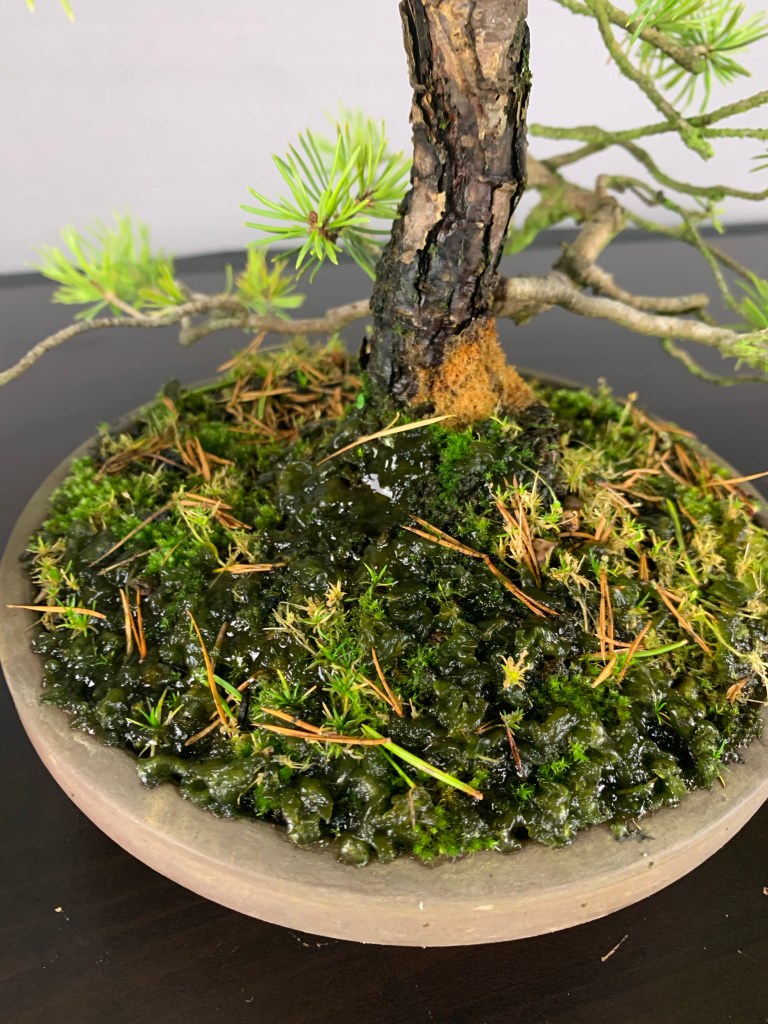
One of issues currently is drainage. When you see all of this crap on the surface you know that it’s way too wet for a pine to thrive. The mix was good but has broken down to the point where a repot in the spring is required.
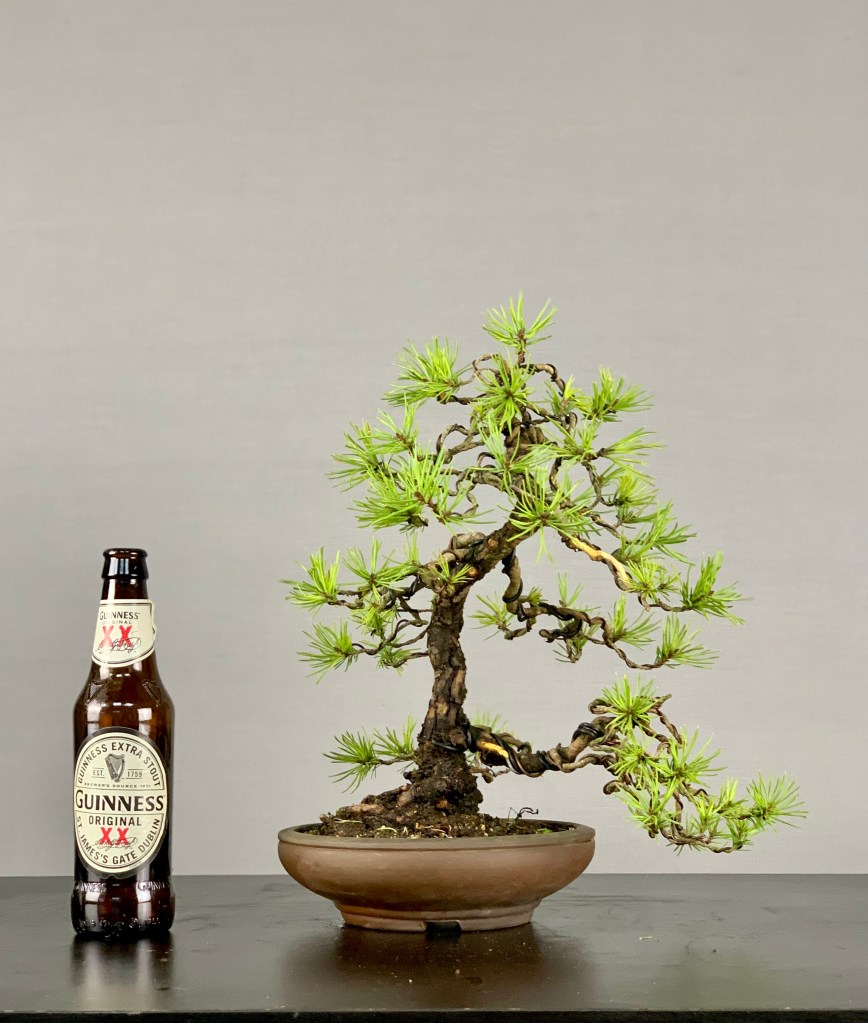
Above shows the tree after being worked. Where I could safely chase back branches, I did. This tree left me with a few interesting dilemmas. I was styling the tree with a free hand from the owner but I wanted to give him a few options for his own tastes. The branch/second trunk bottom right adds character and yet has very poor structural branching. I have made the best of it but there’s actually a great tree there without it. It’s now his choice to keep or remove or even Jin and has no impact on the rest of the tree. There’s another bit of weirdness going on down there with the freaky little low branch at the bottom rear. I love leaving funky things on trees that make them different from the usual fare we see. I think a possible option on this tree is to Jin the bottom trunk but leave the freaky bottom back branch and swing it slightly to the right.
Anyway, a few options to discuss with the owner when he sees it in person. After 30+ years in his care I think it’s only right to let him have a say.





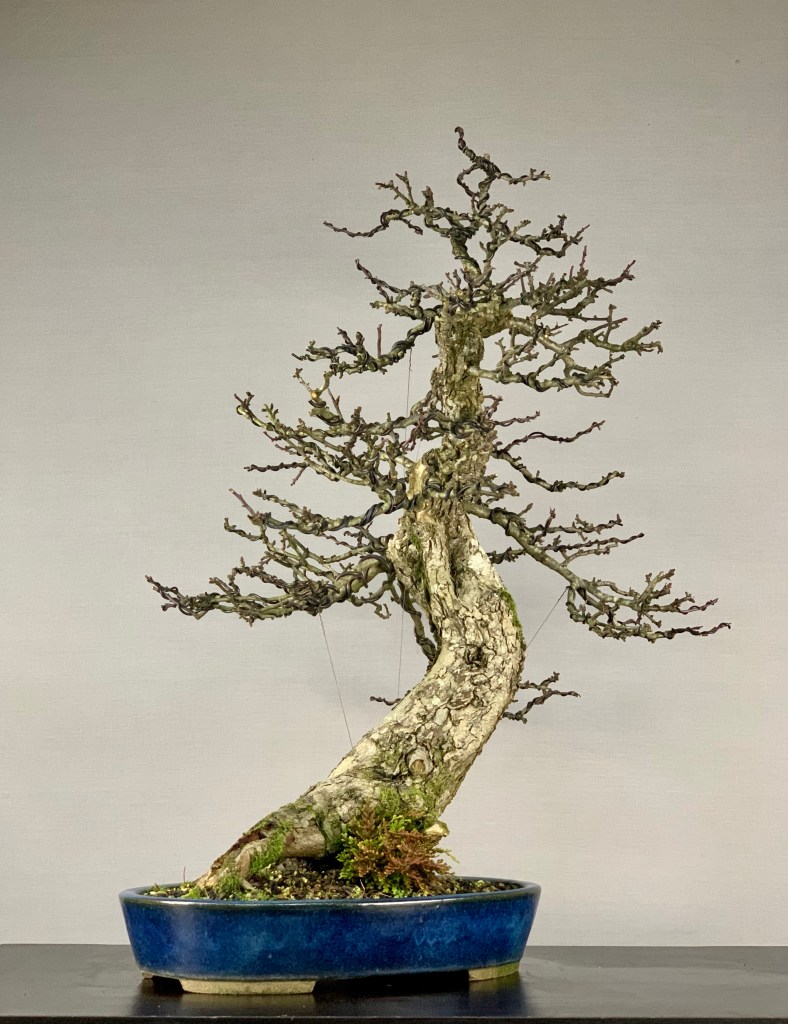

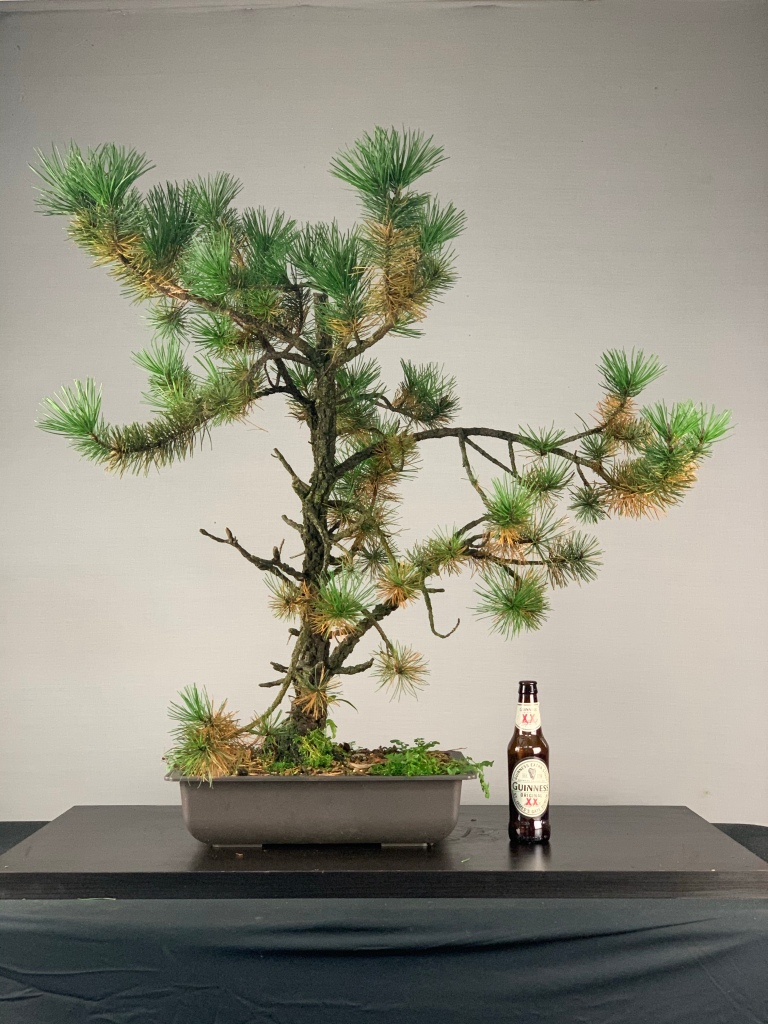





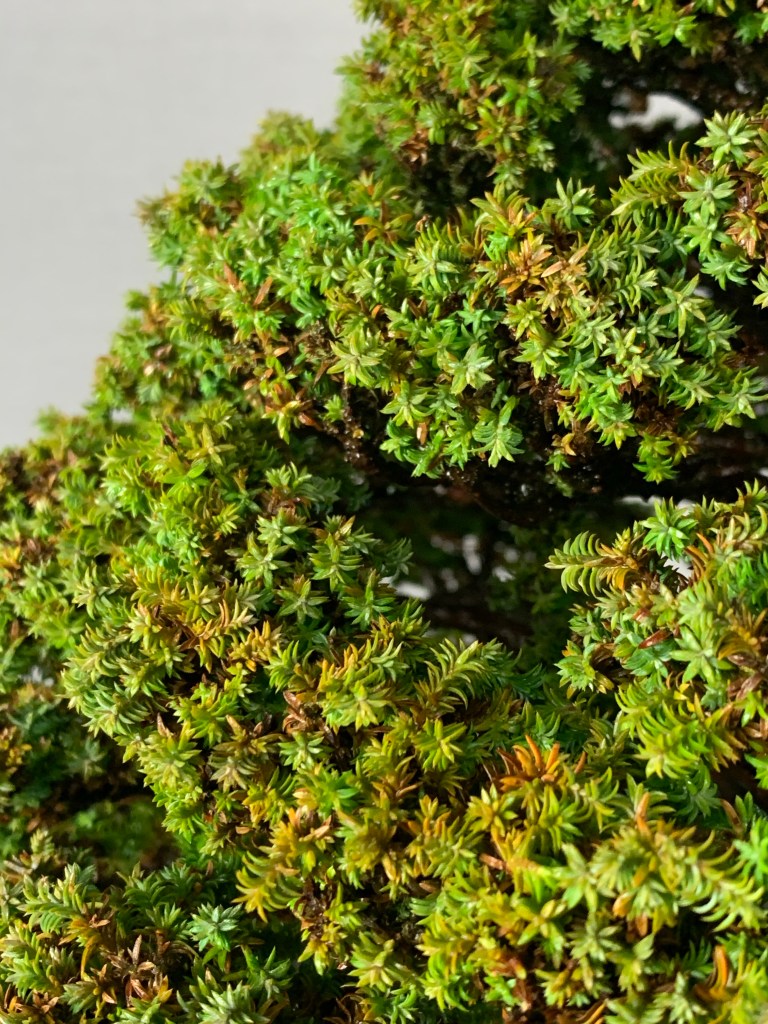


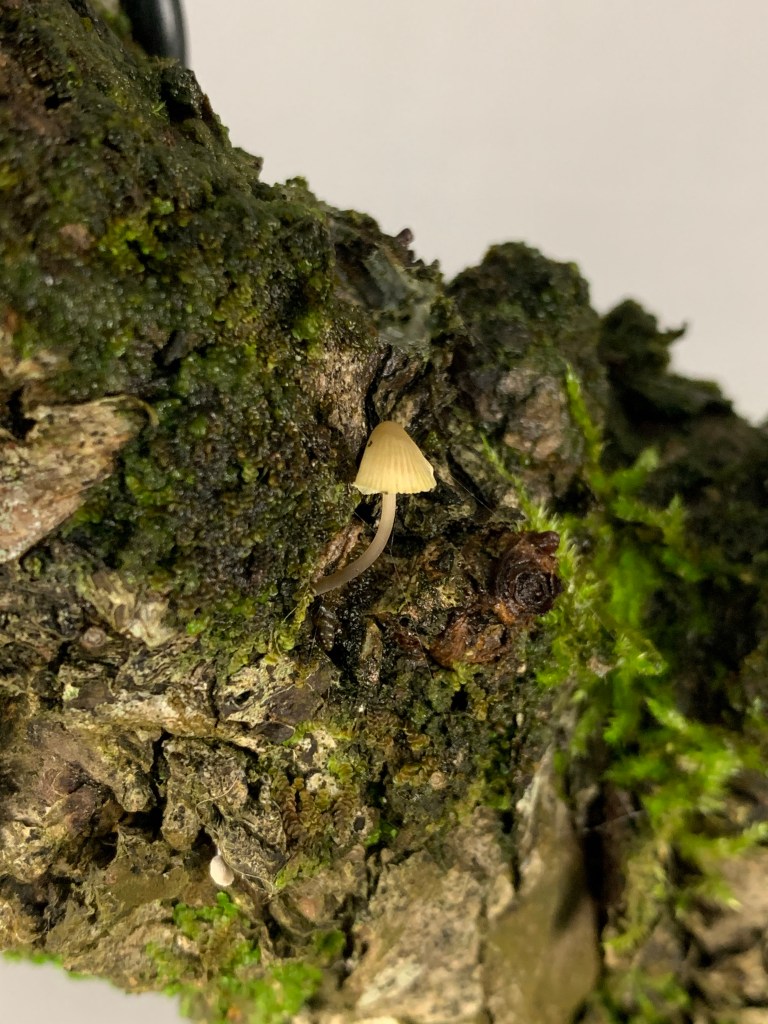
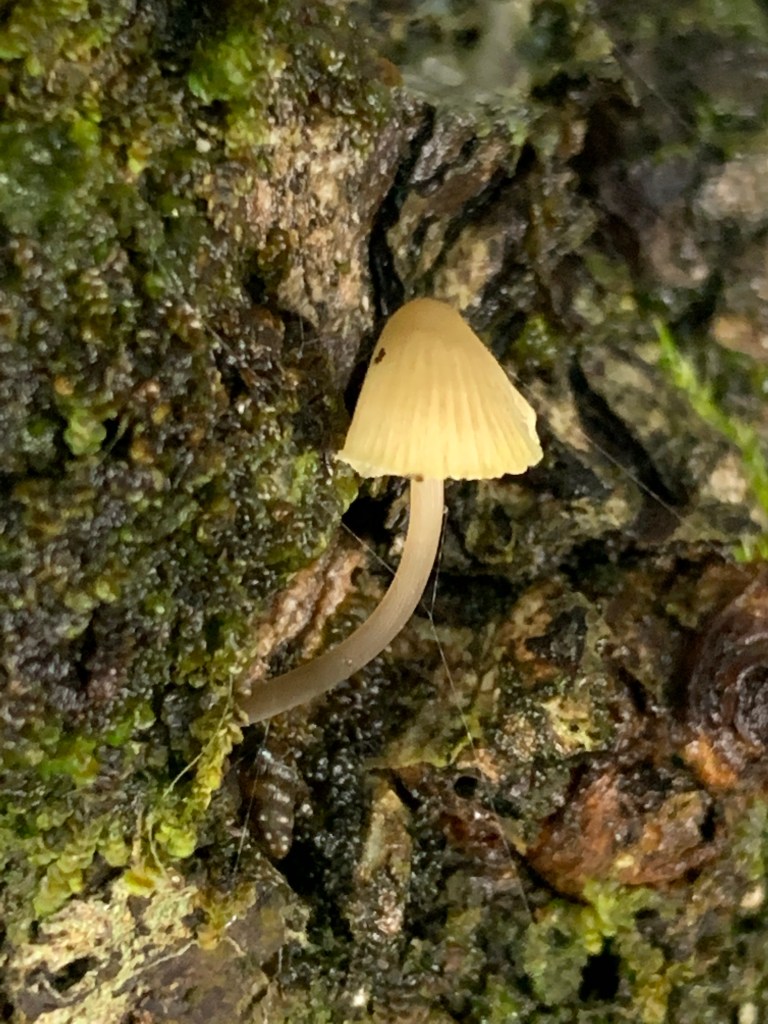


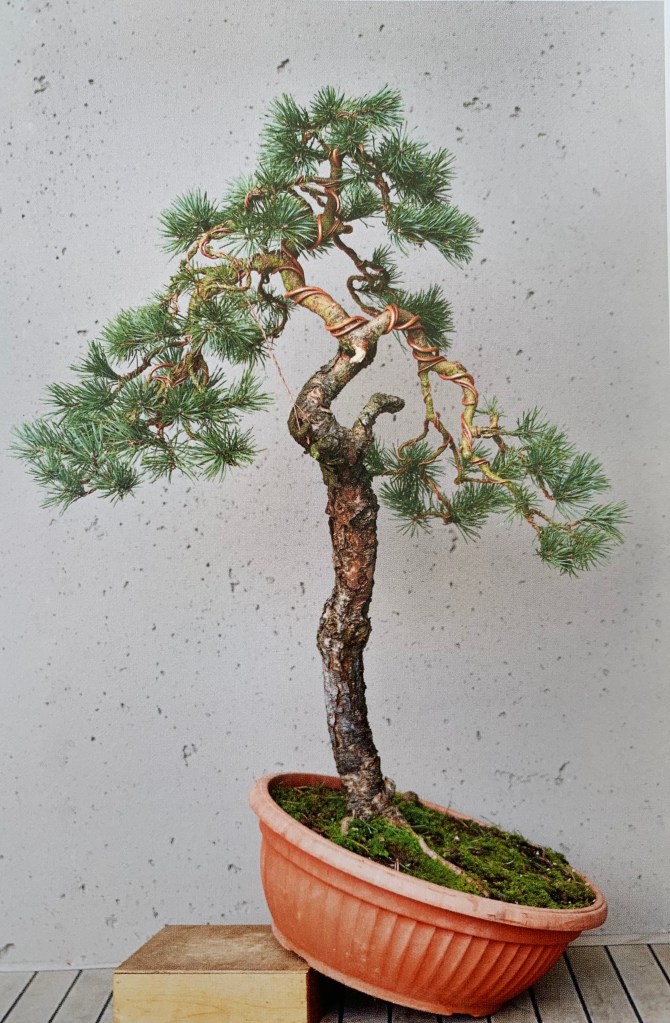
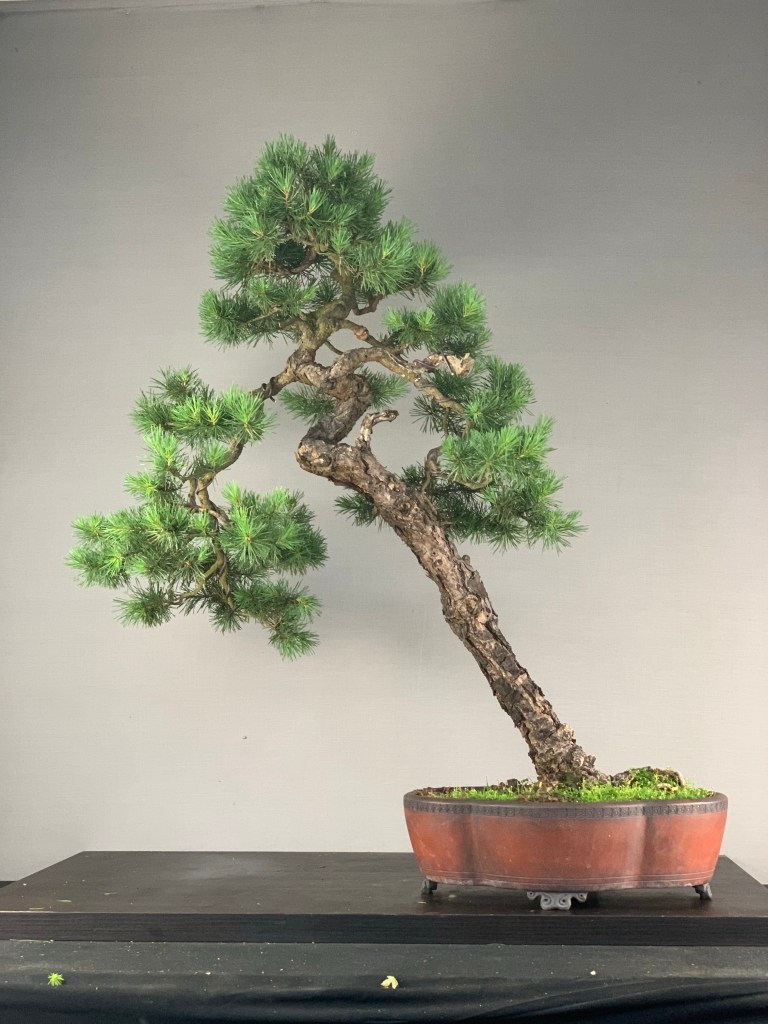










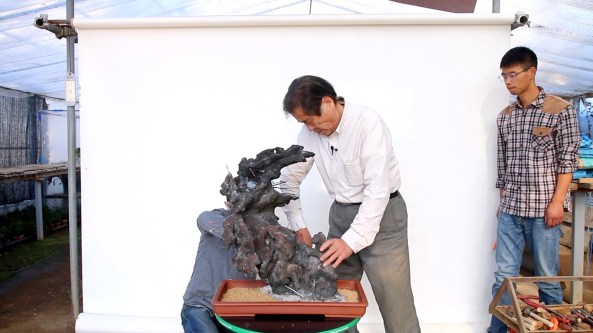








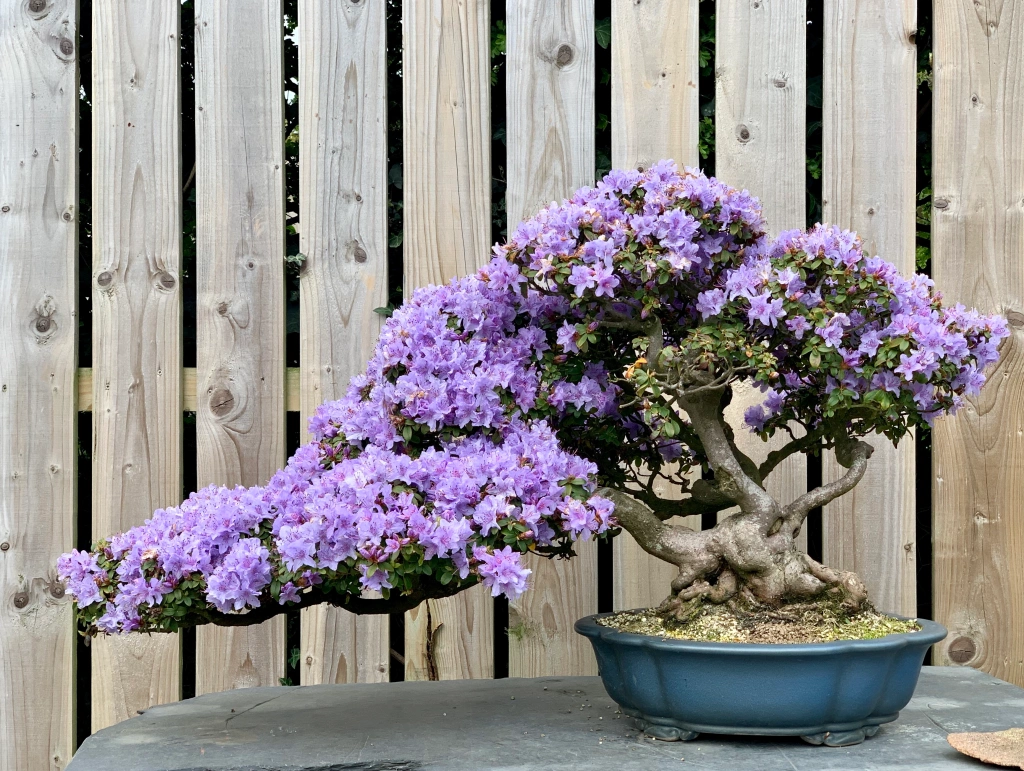



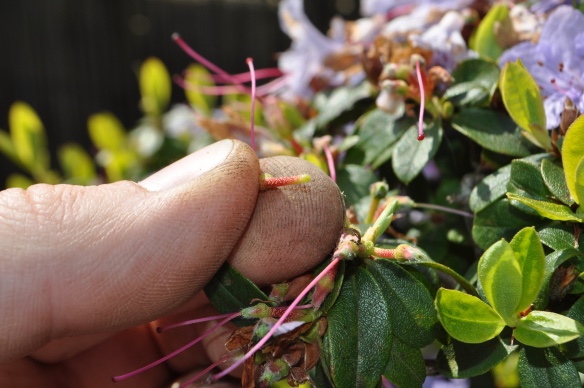
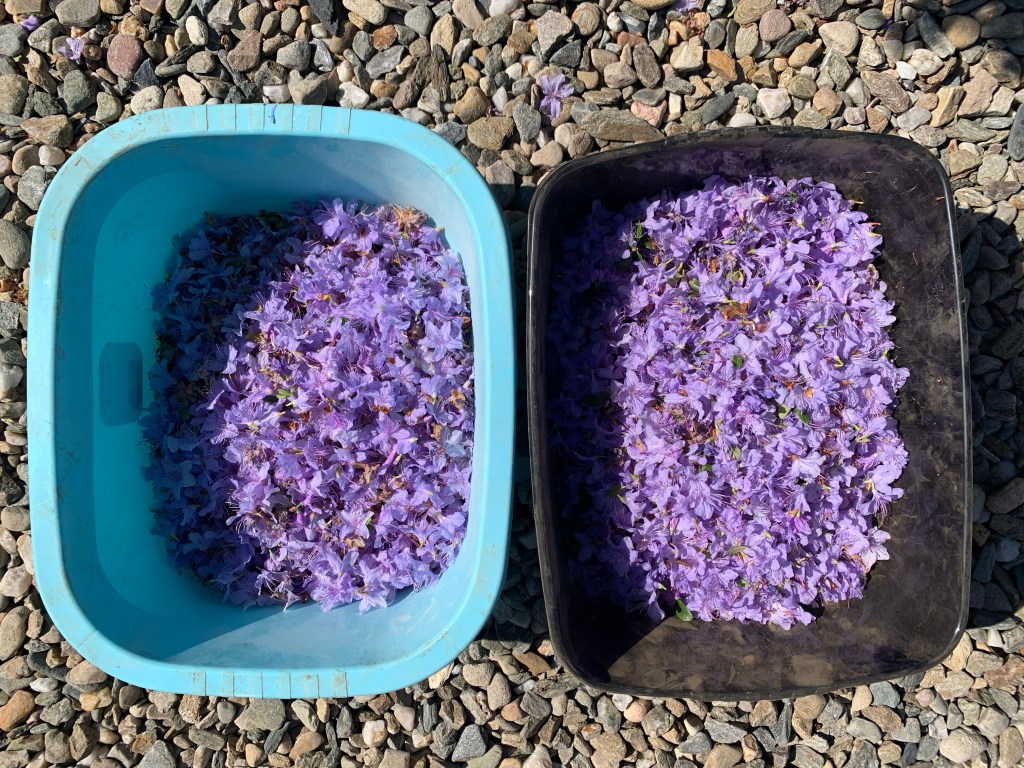





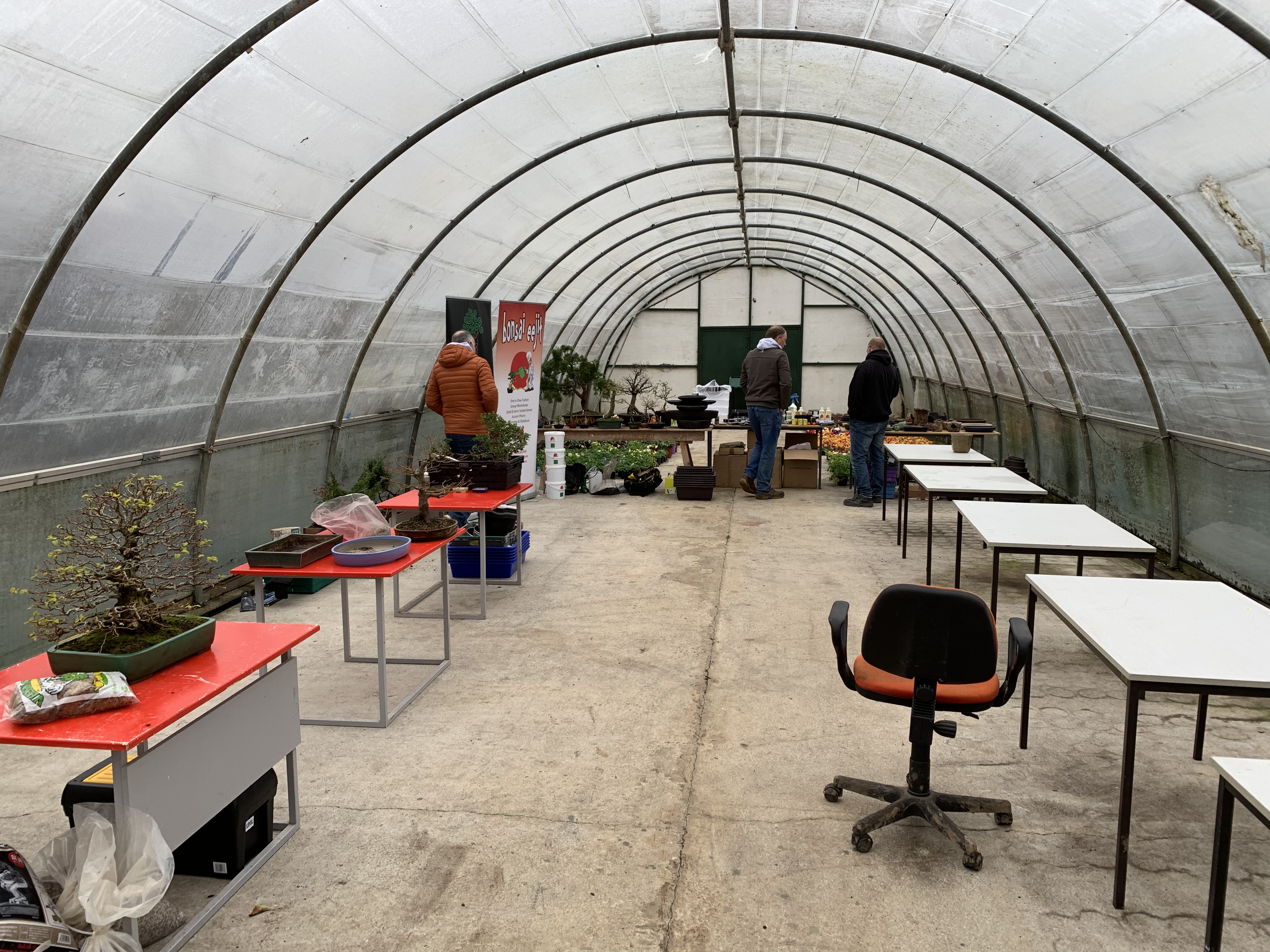



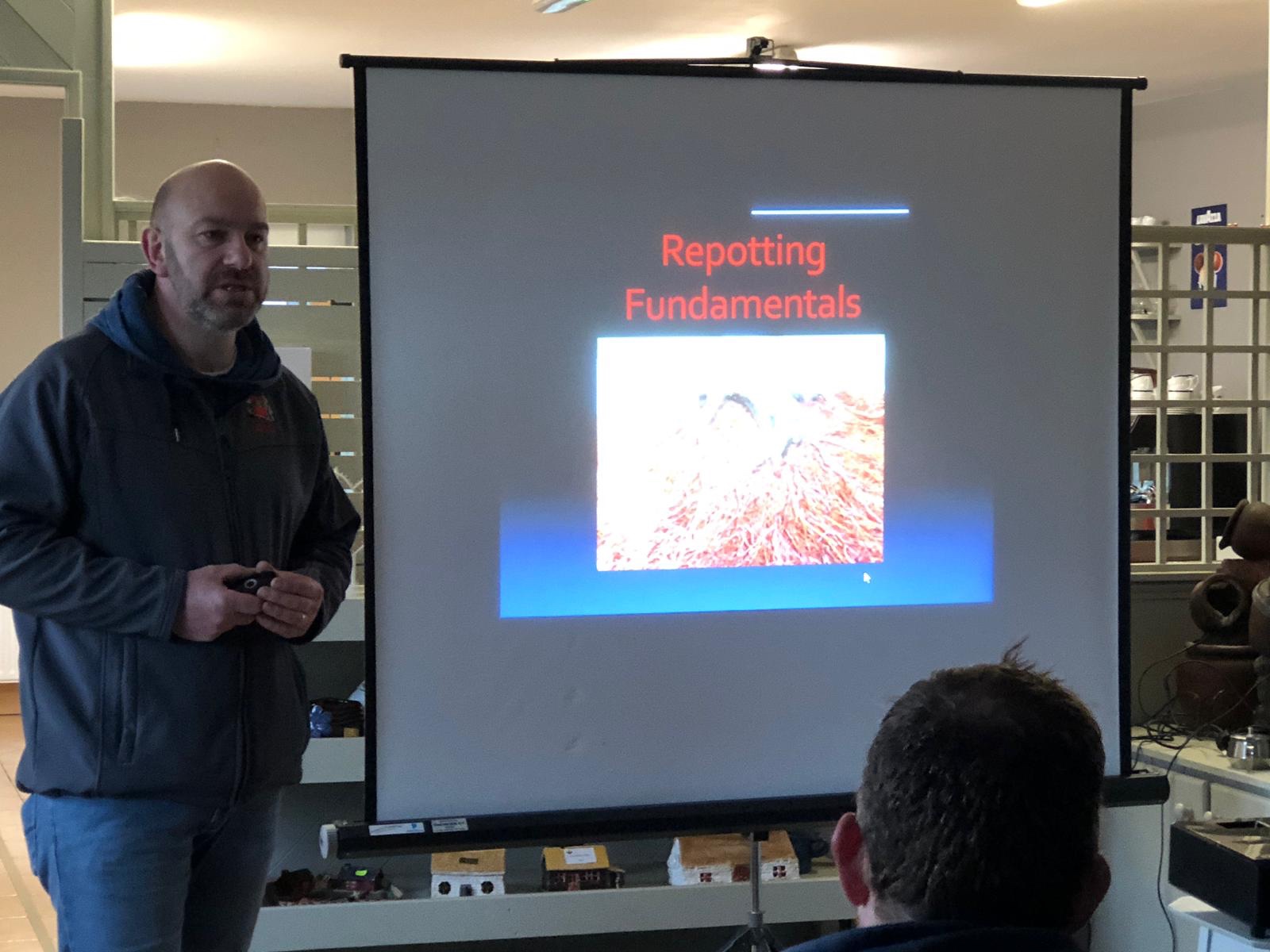


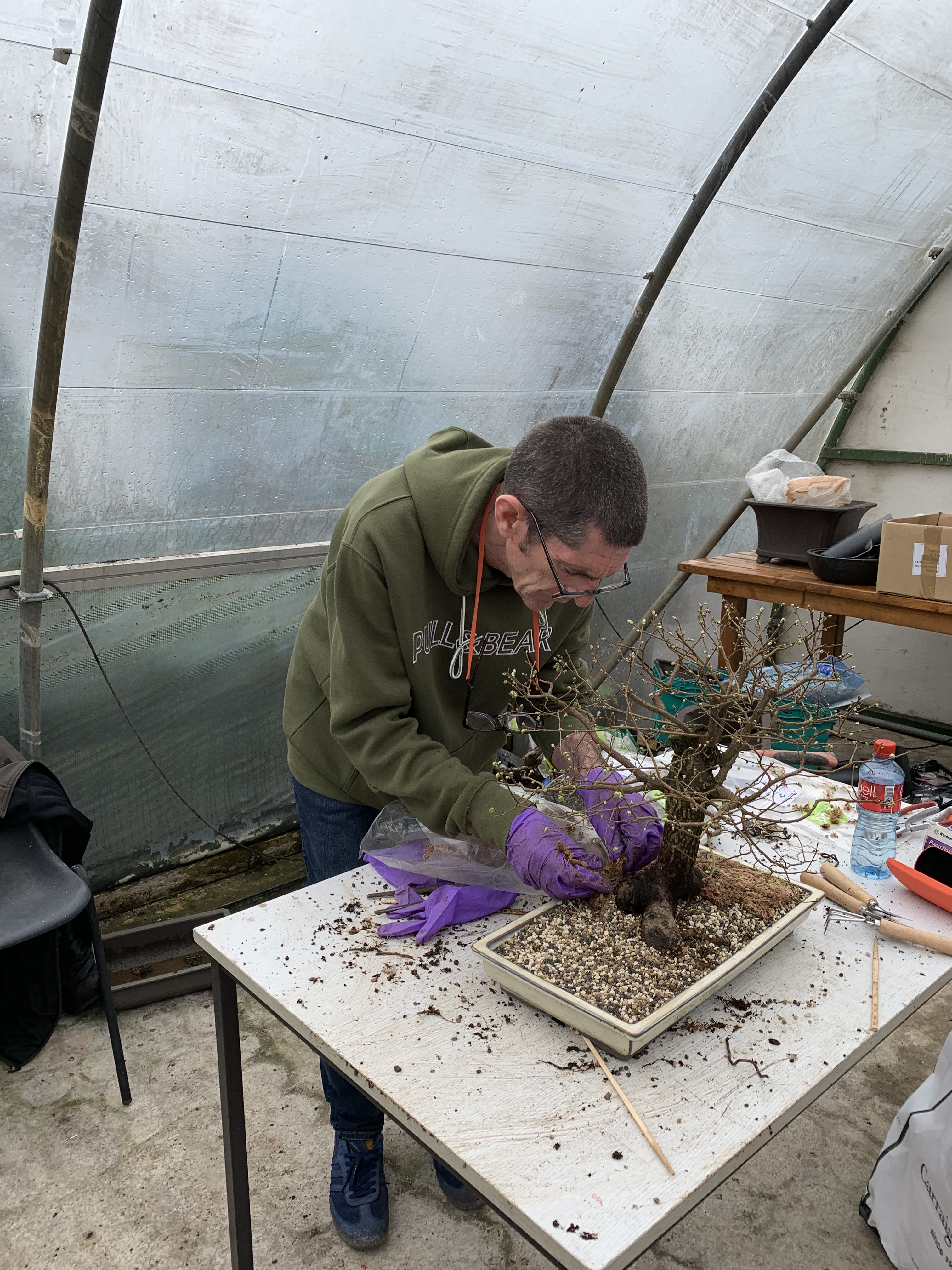




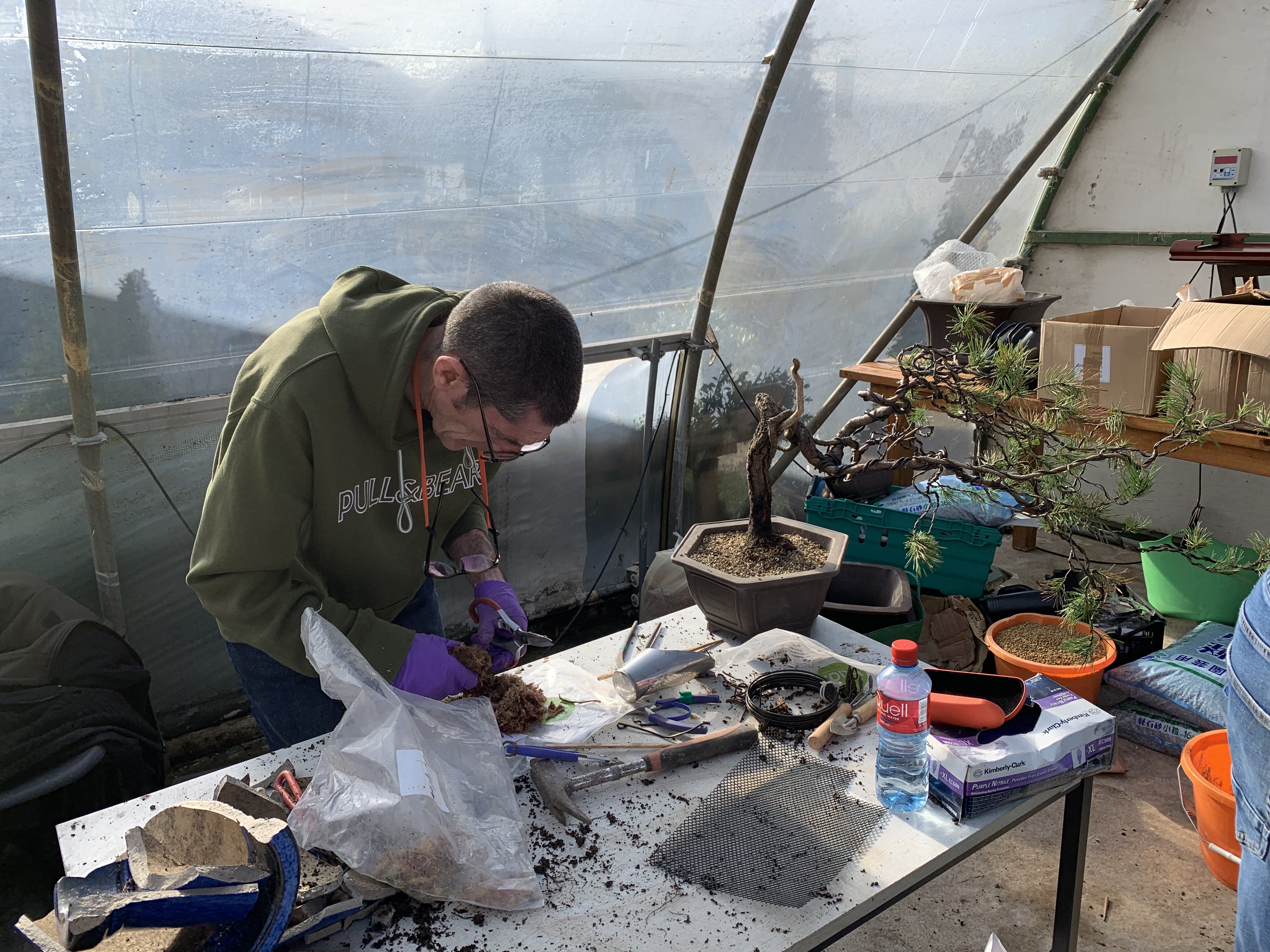








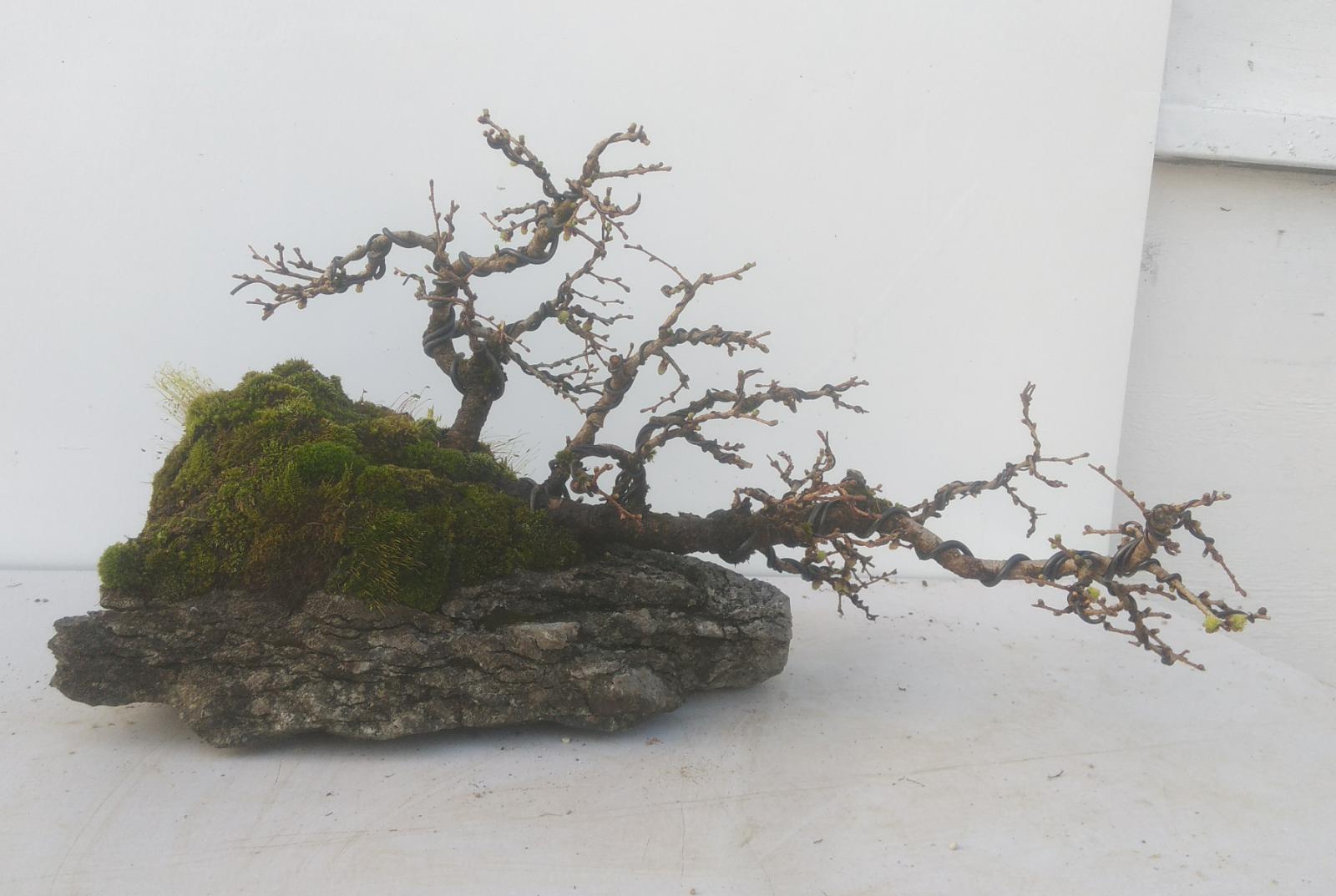

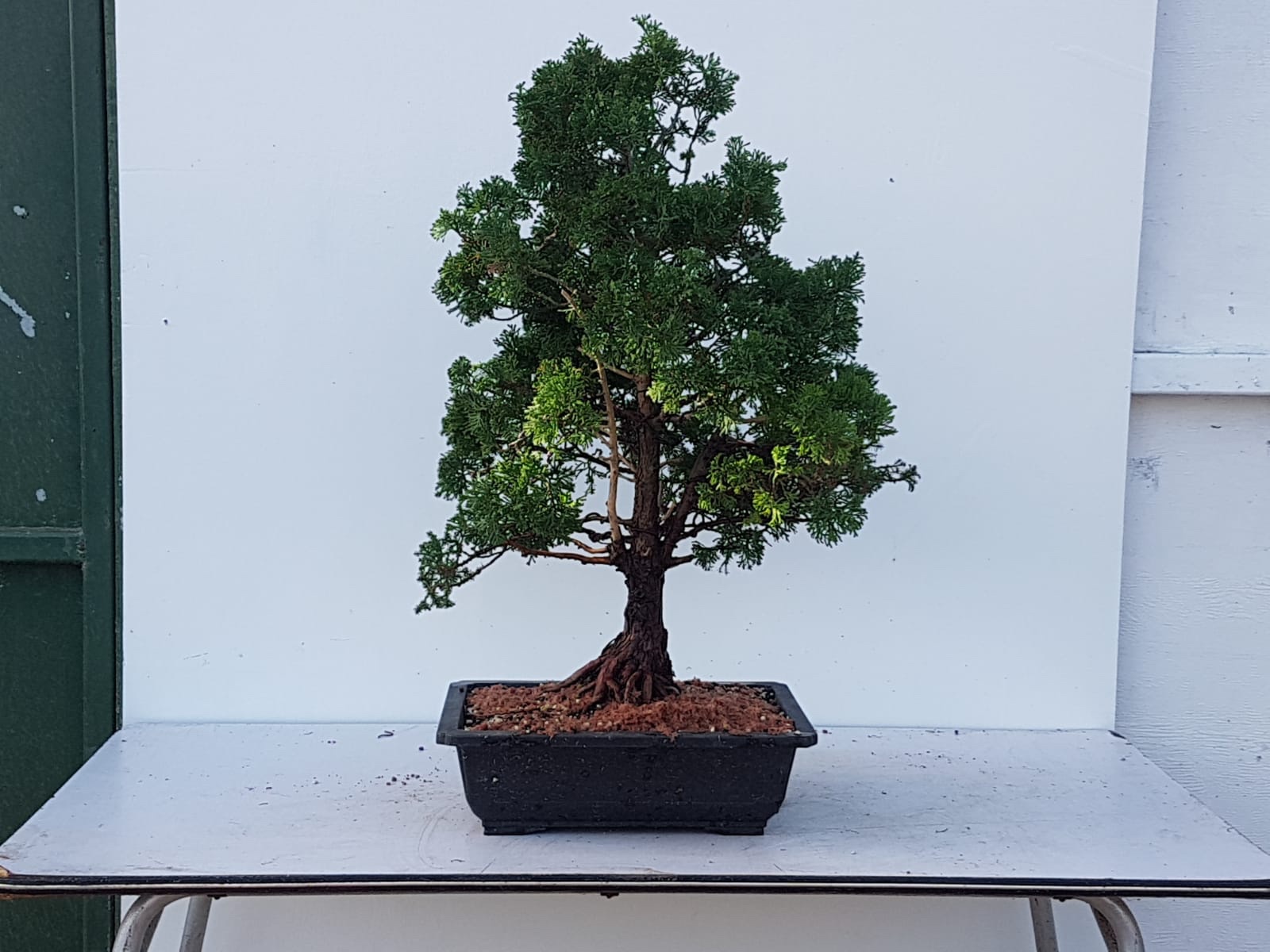










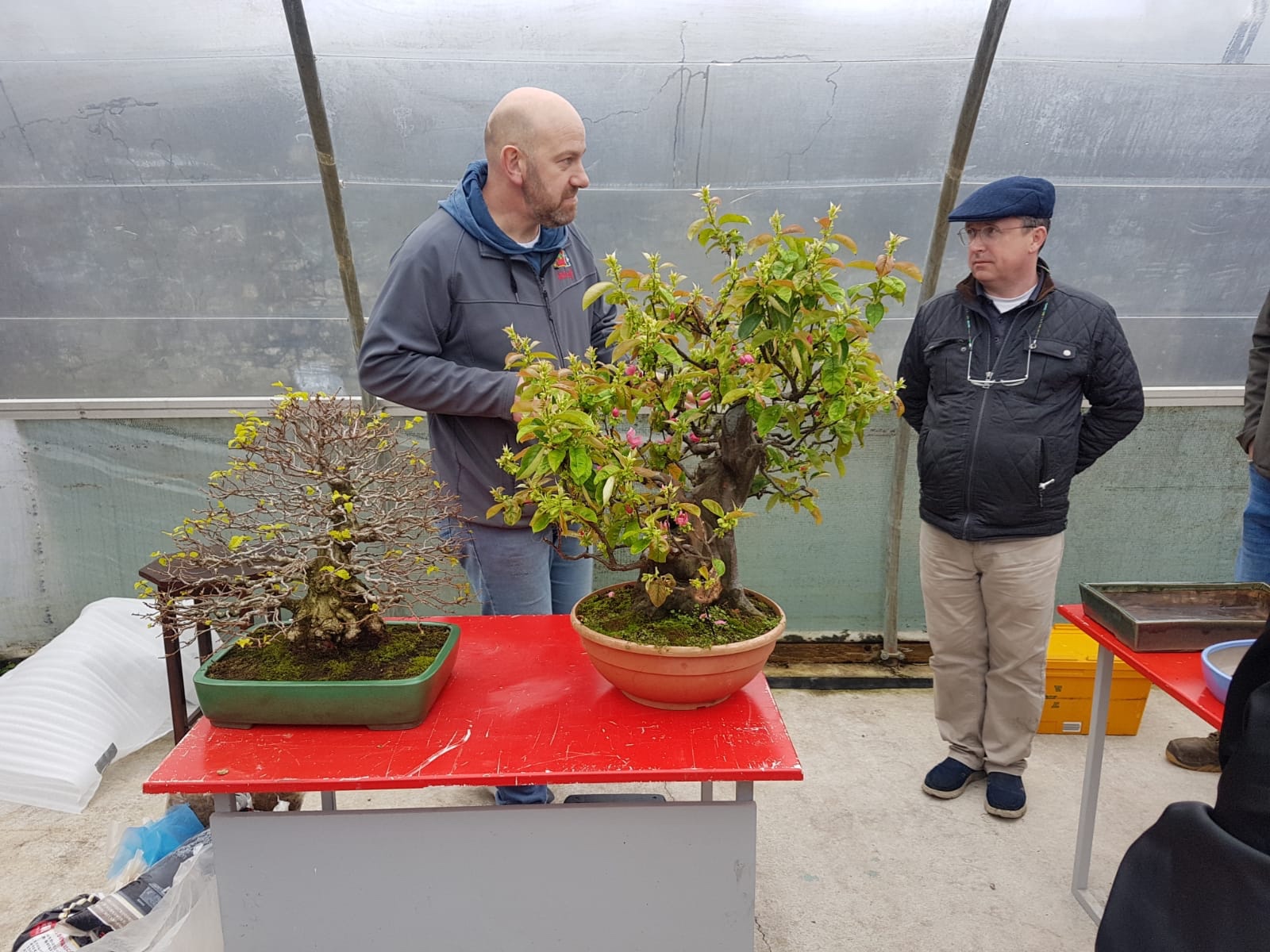







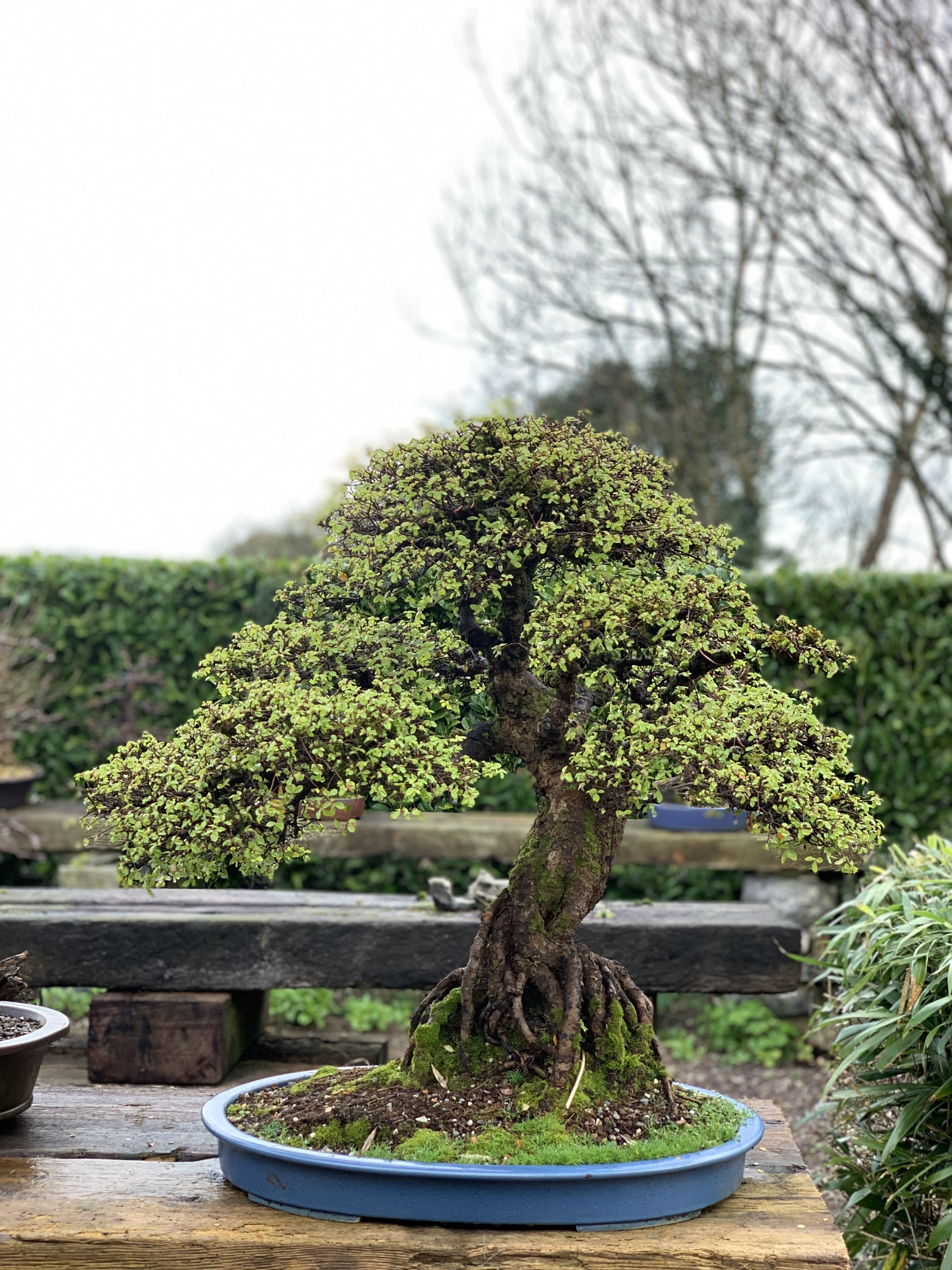



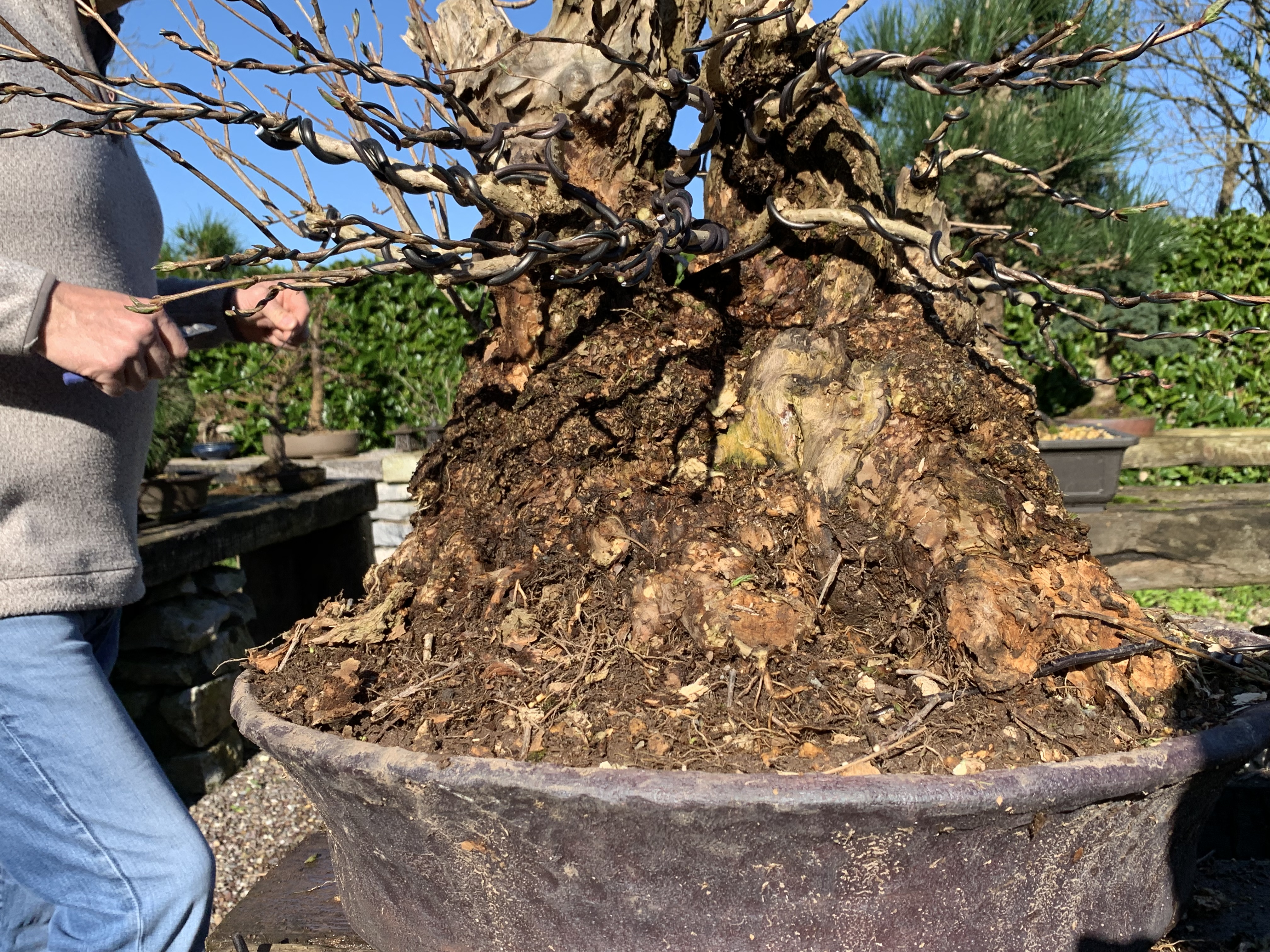



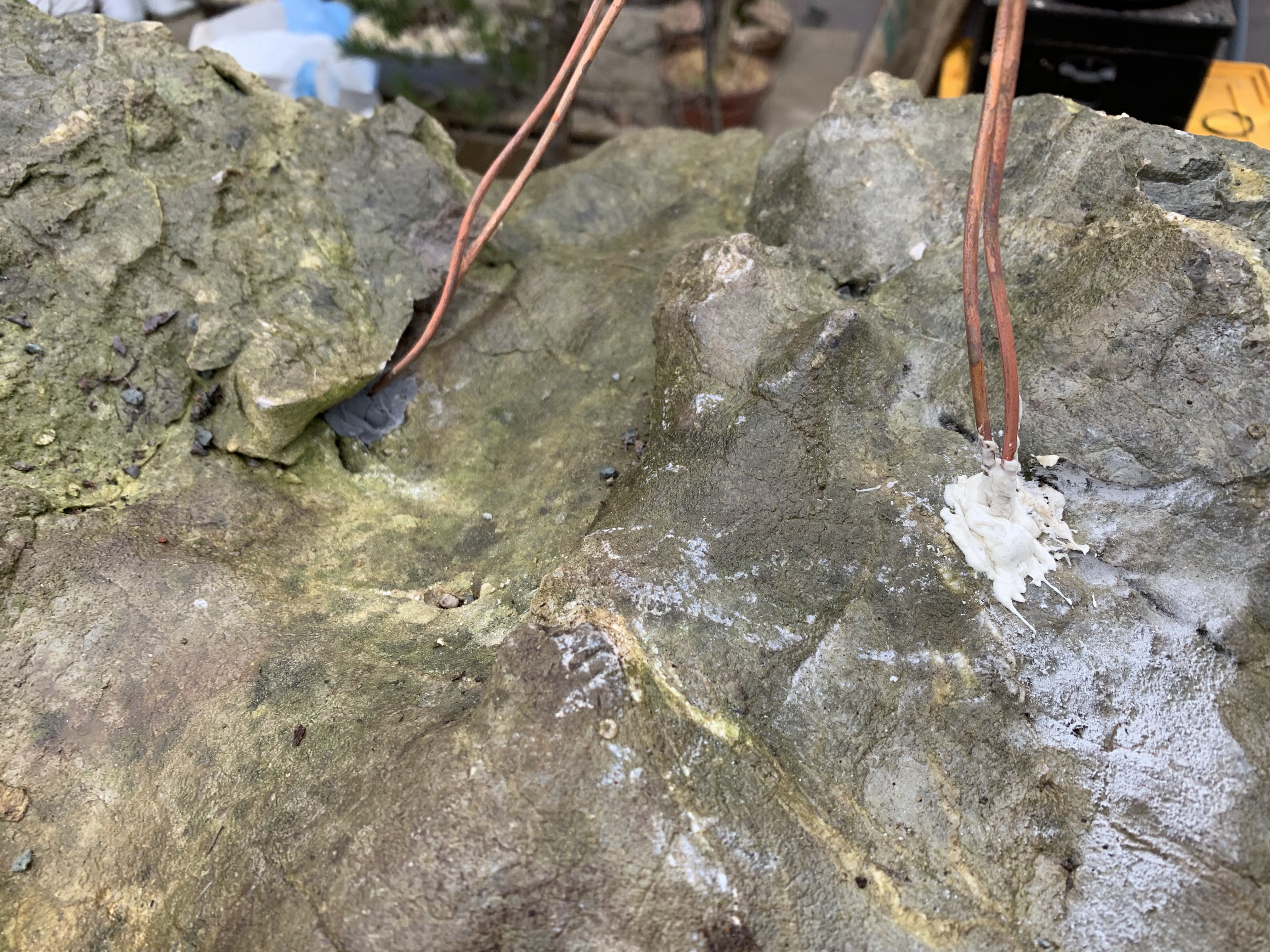
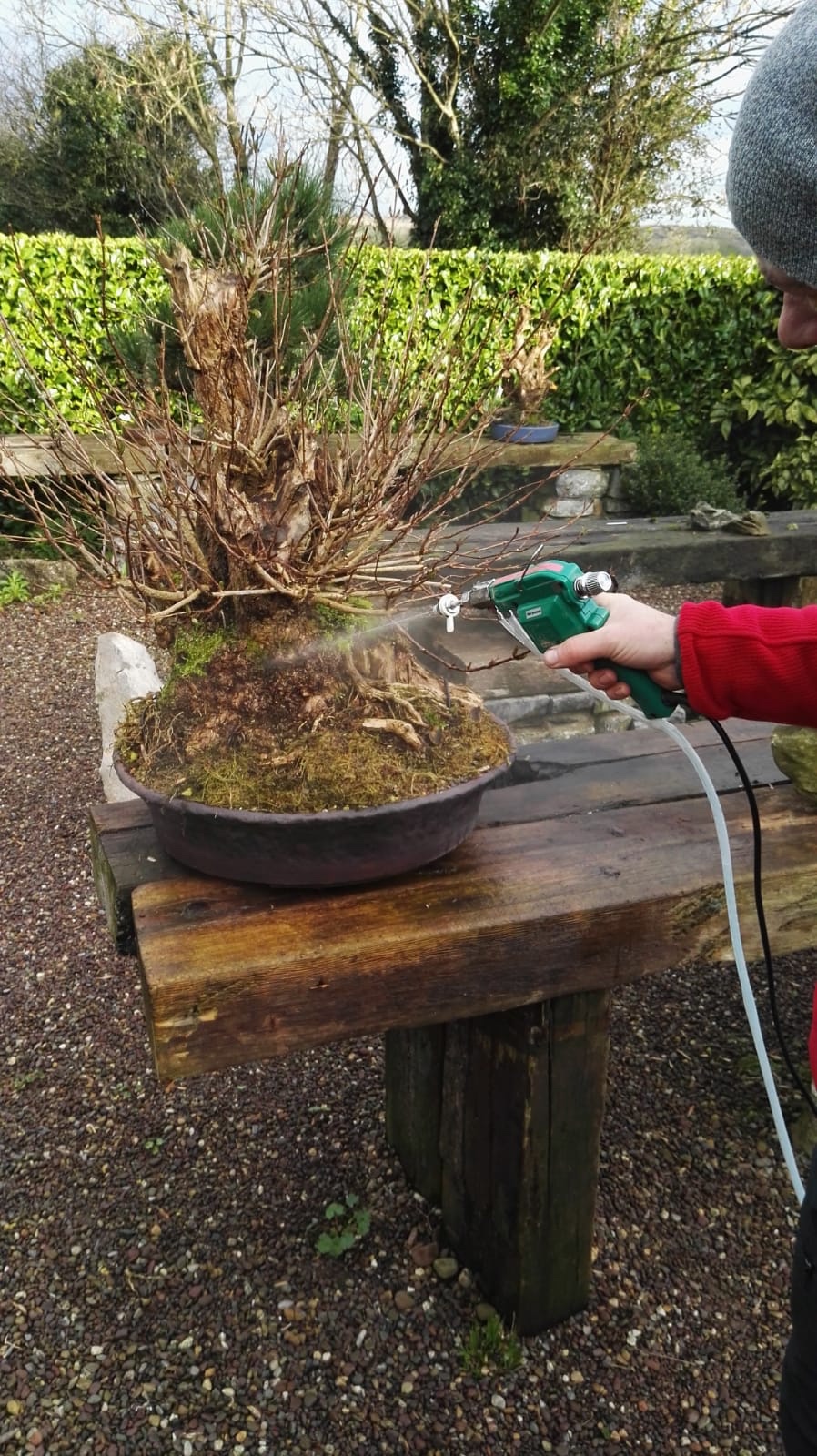
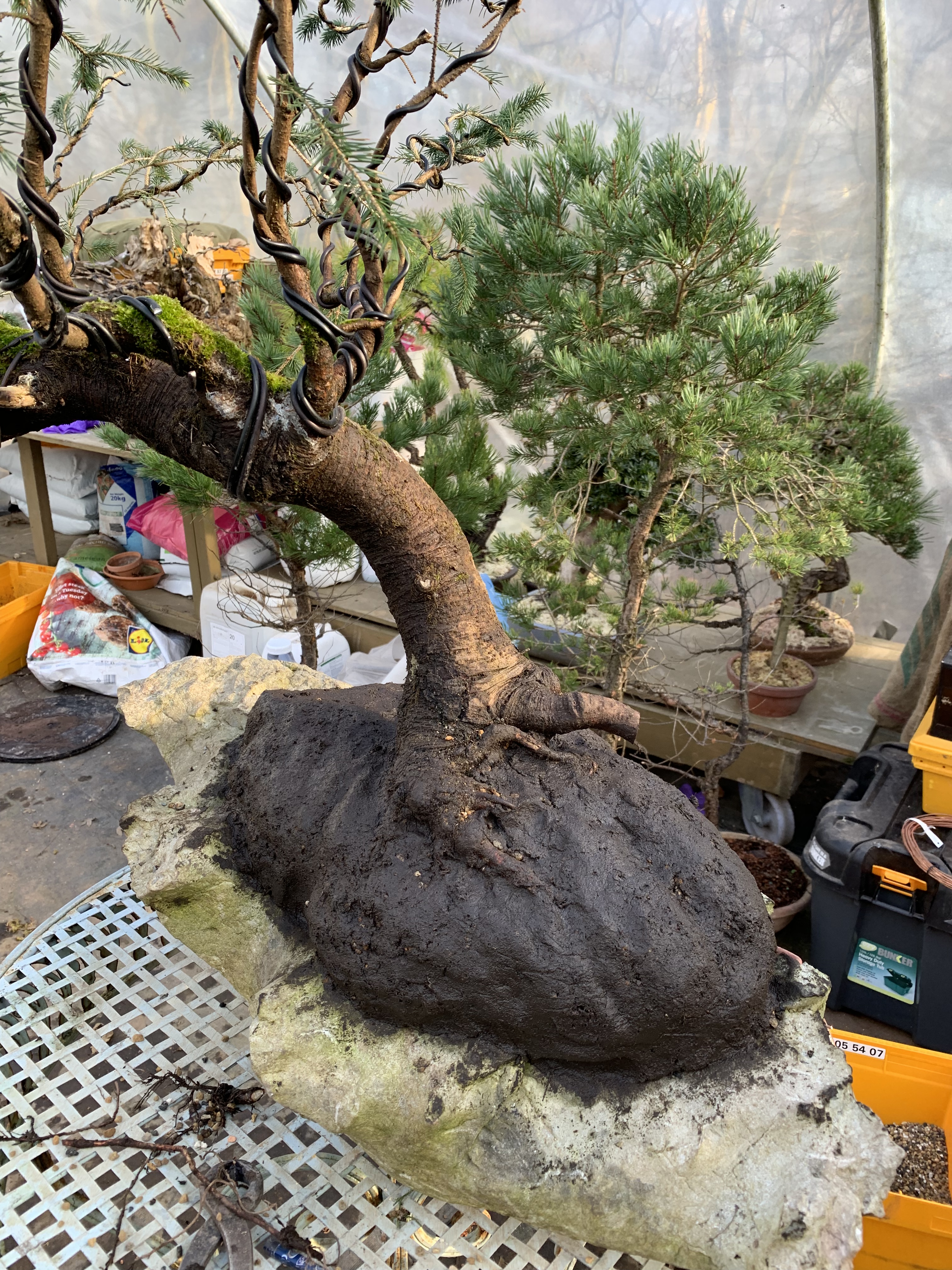


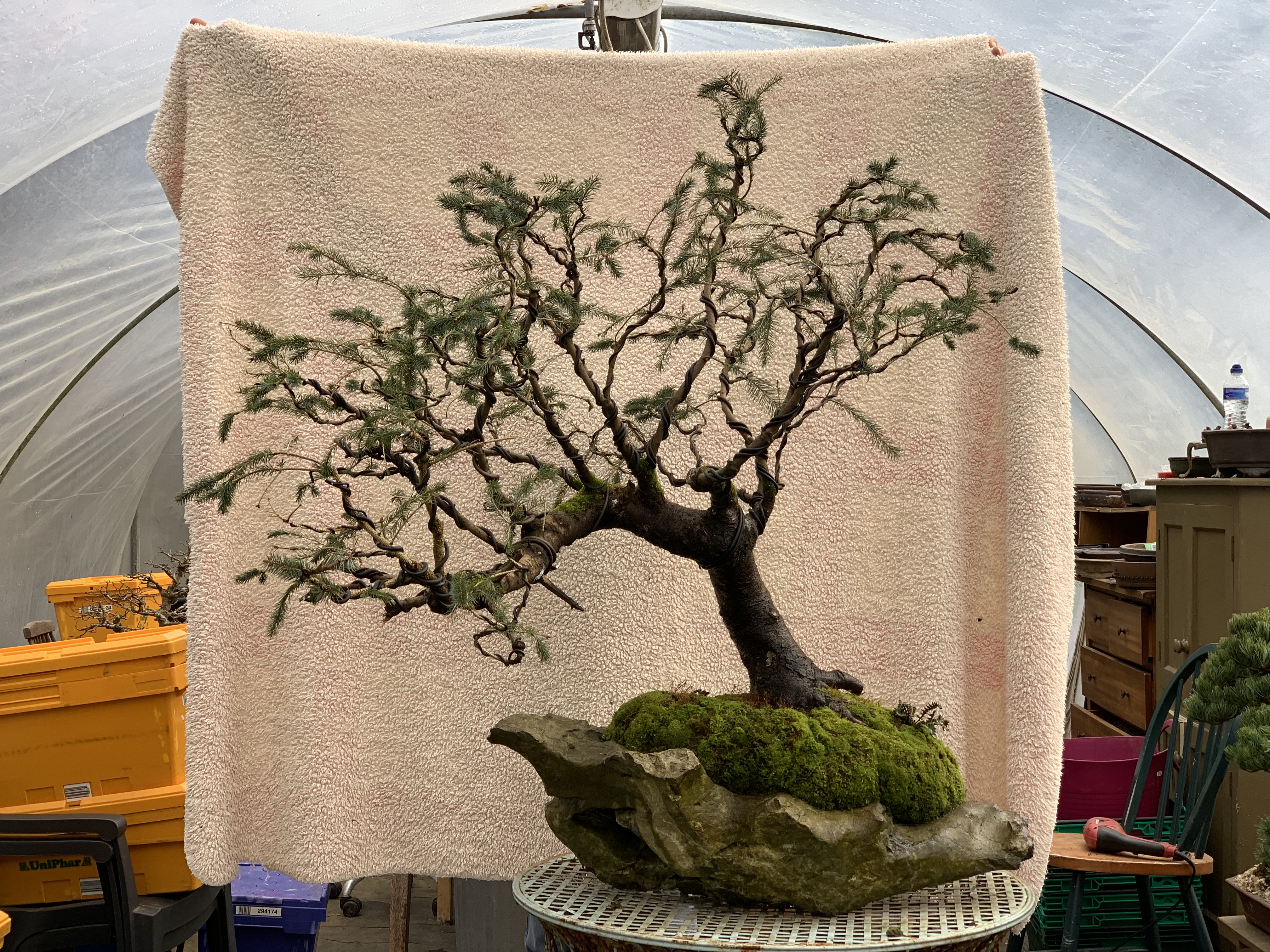


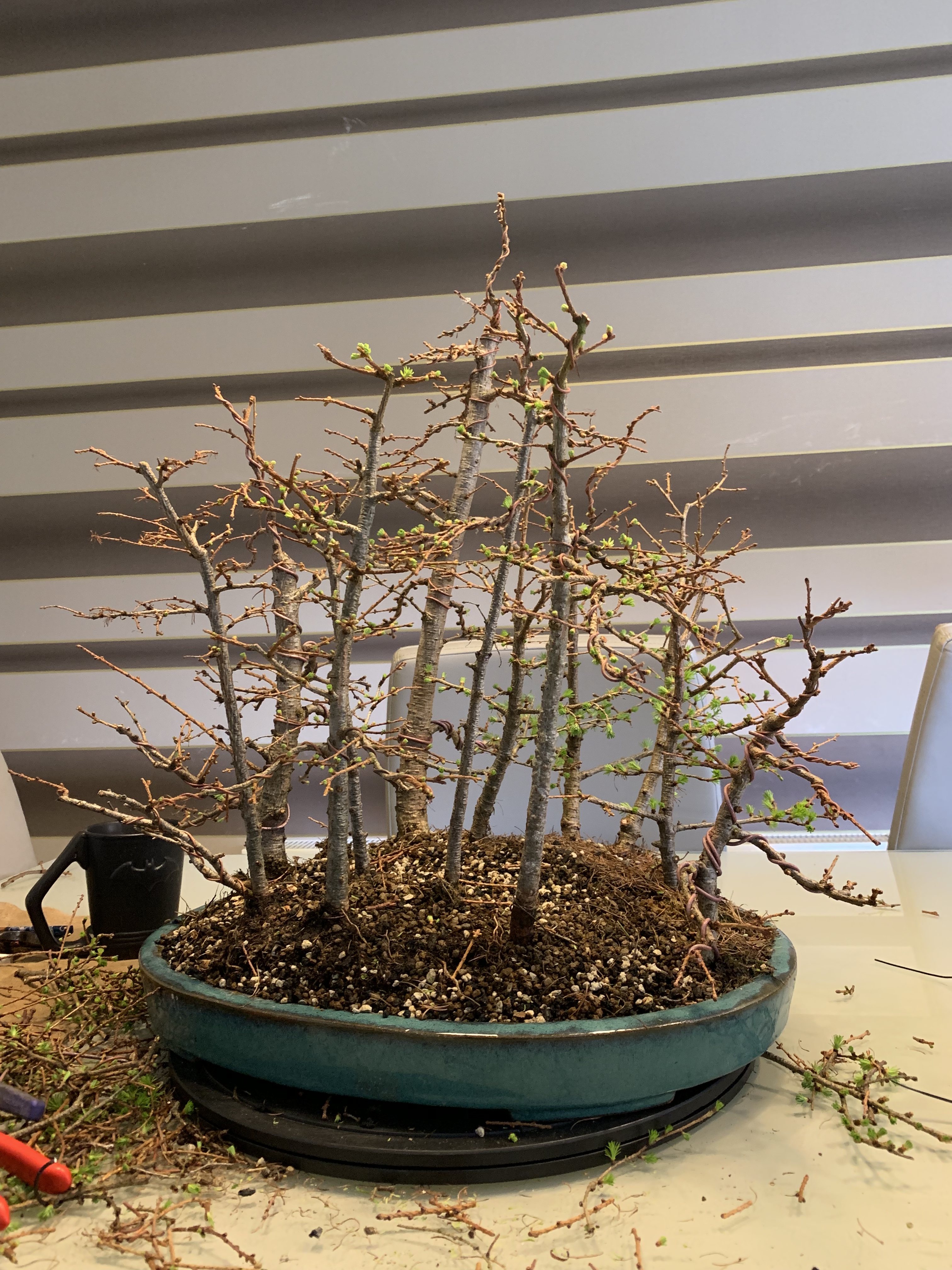
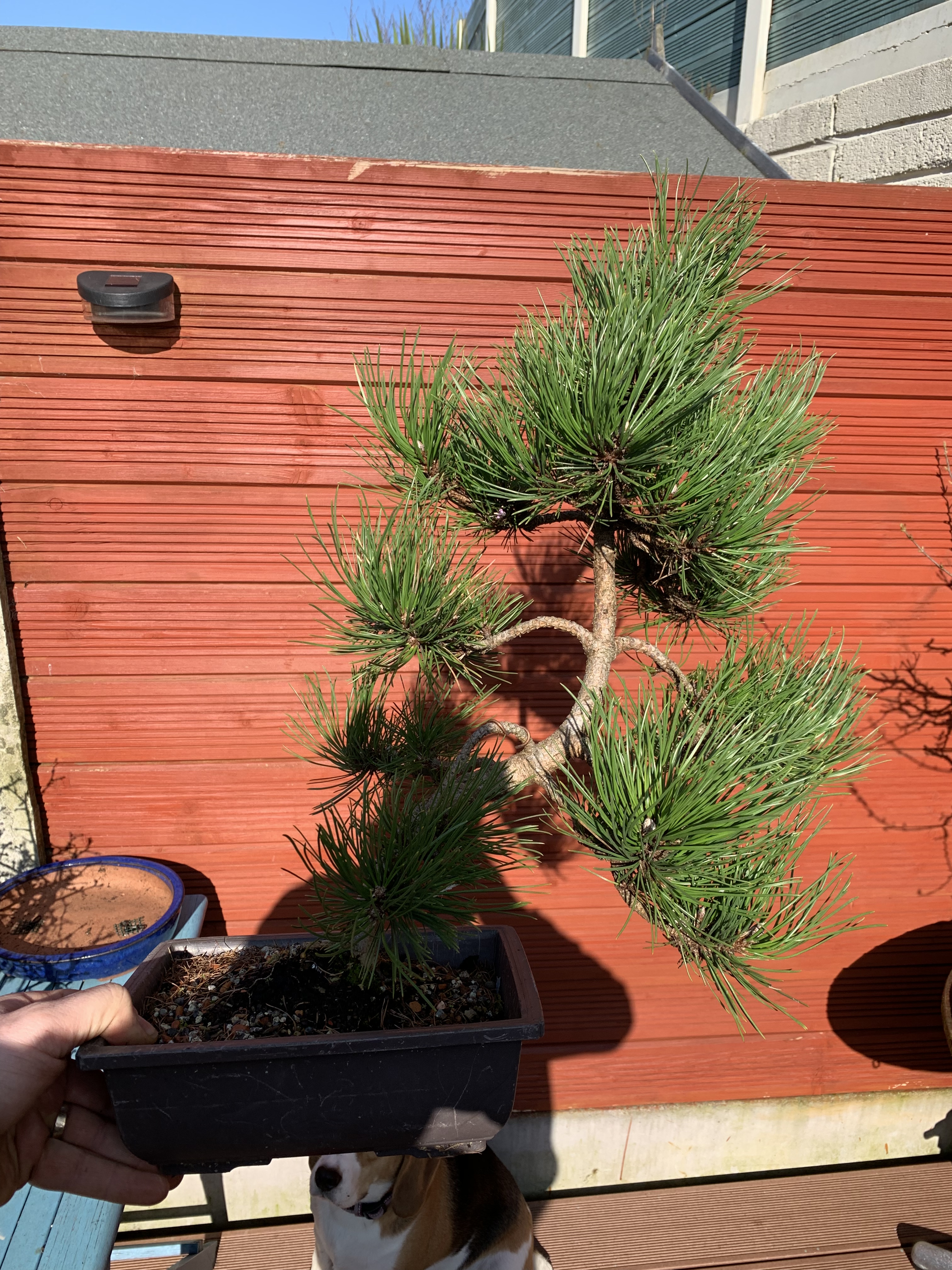
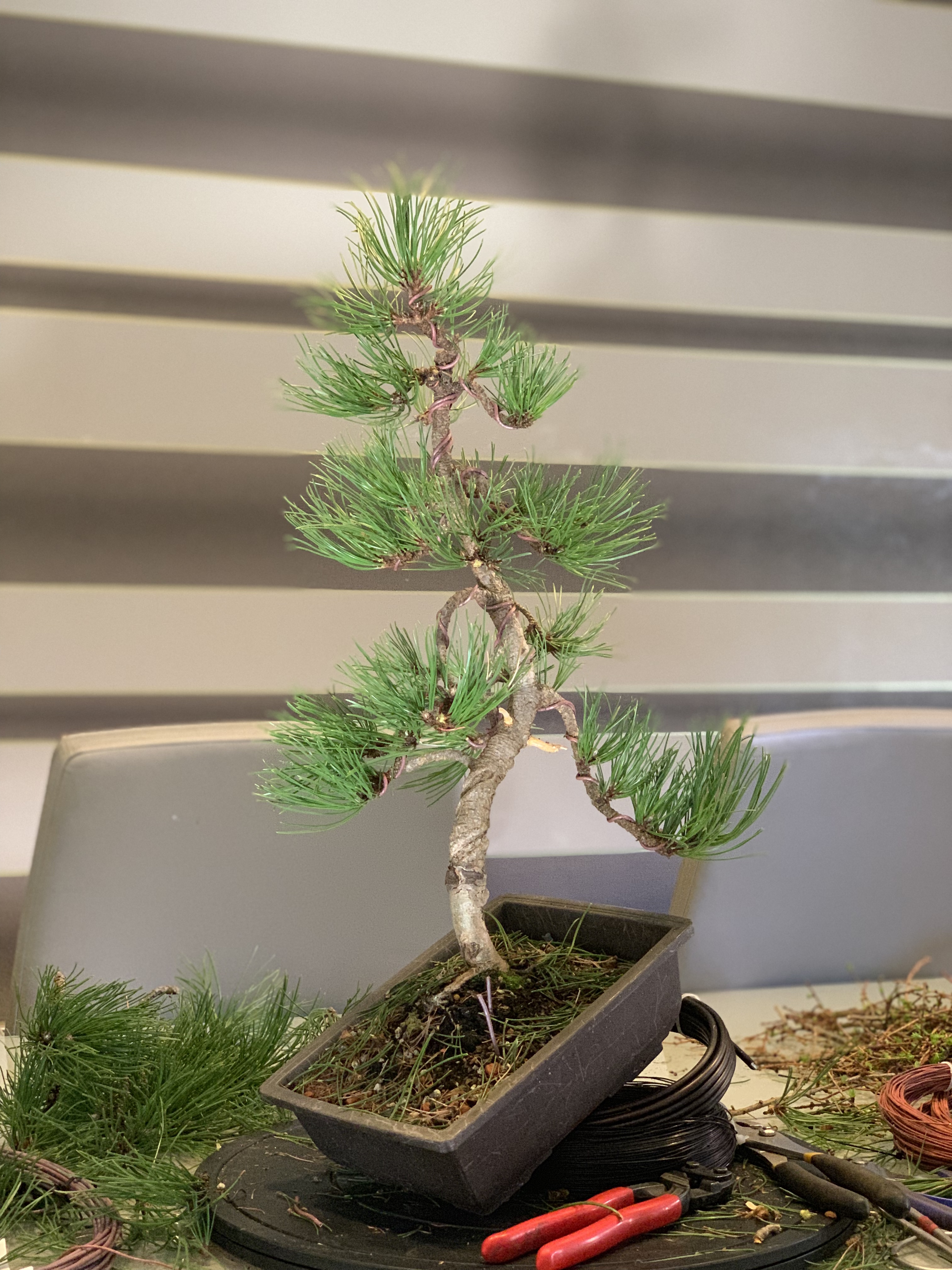




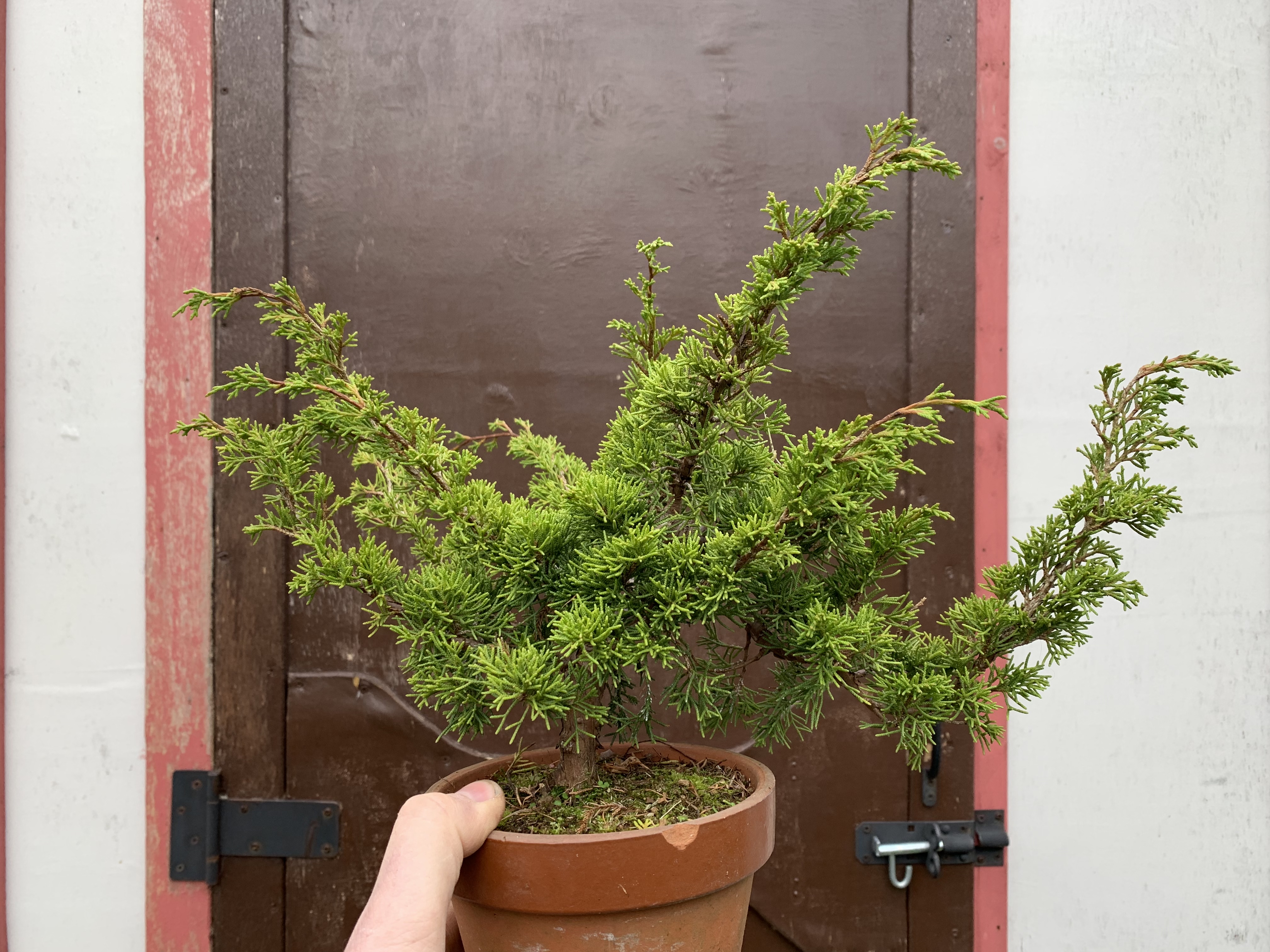
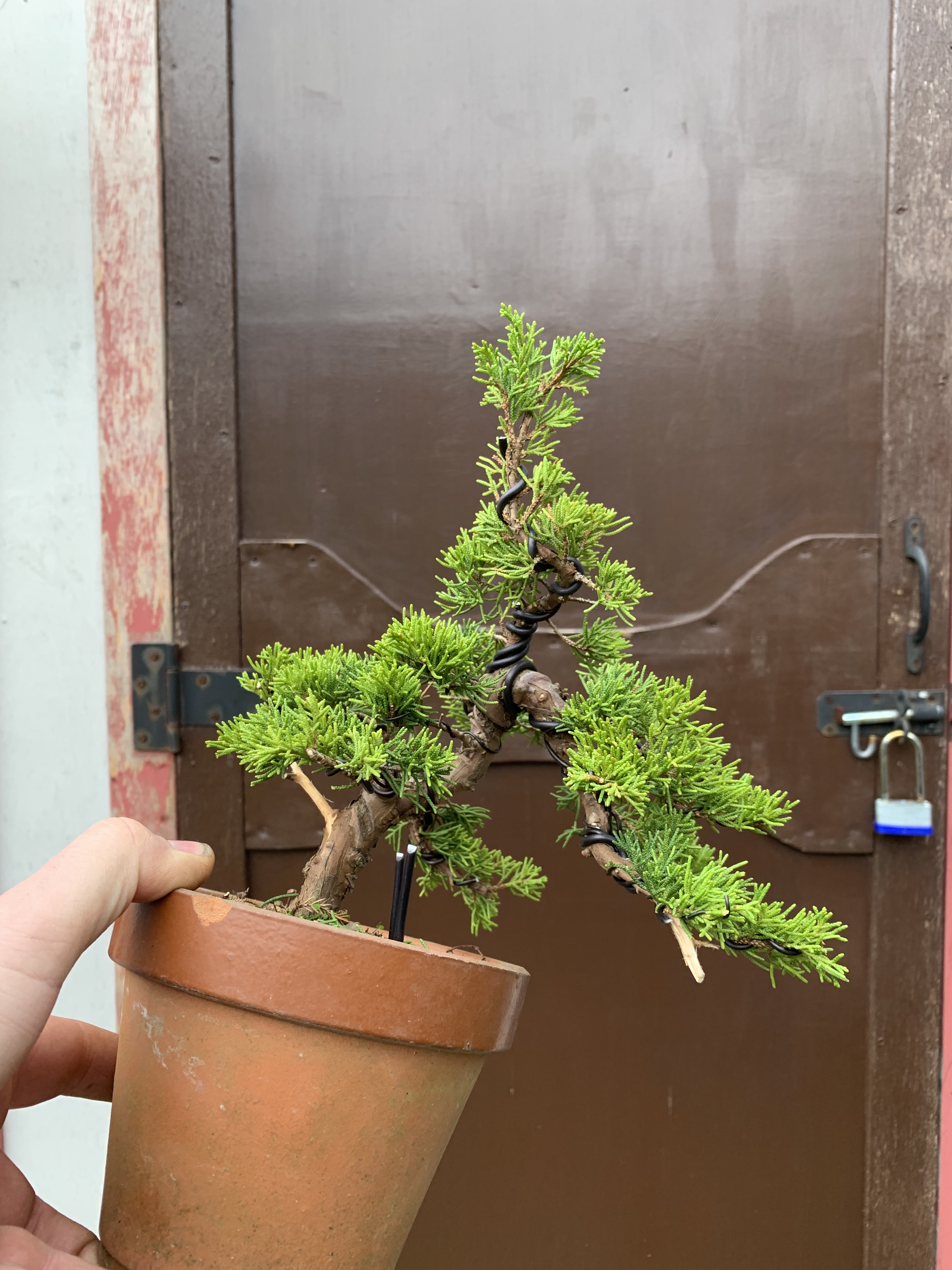




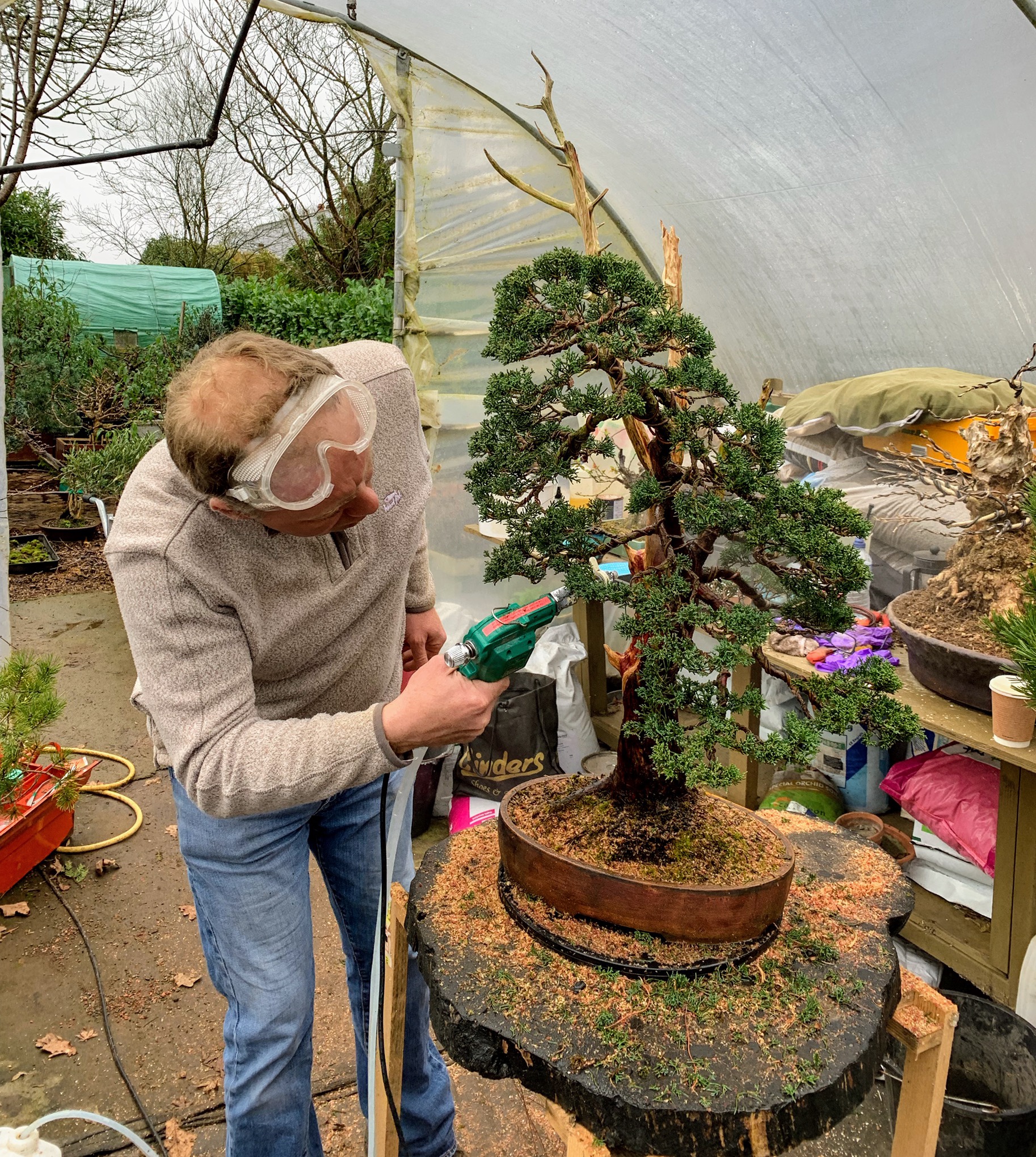






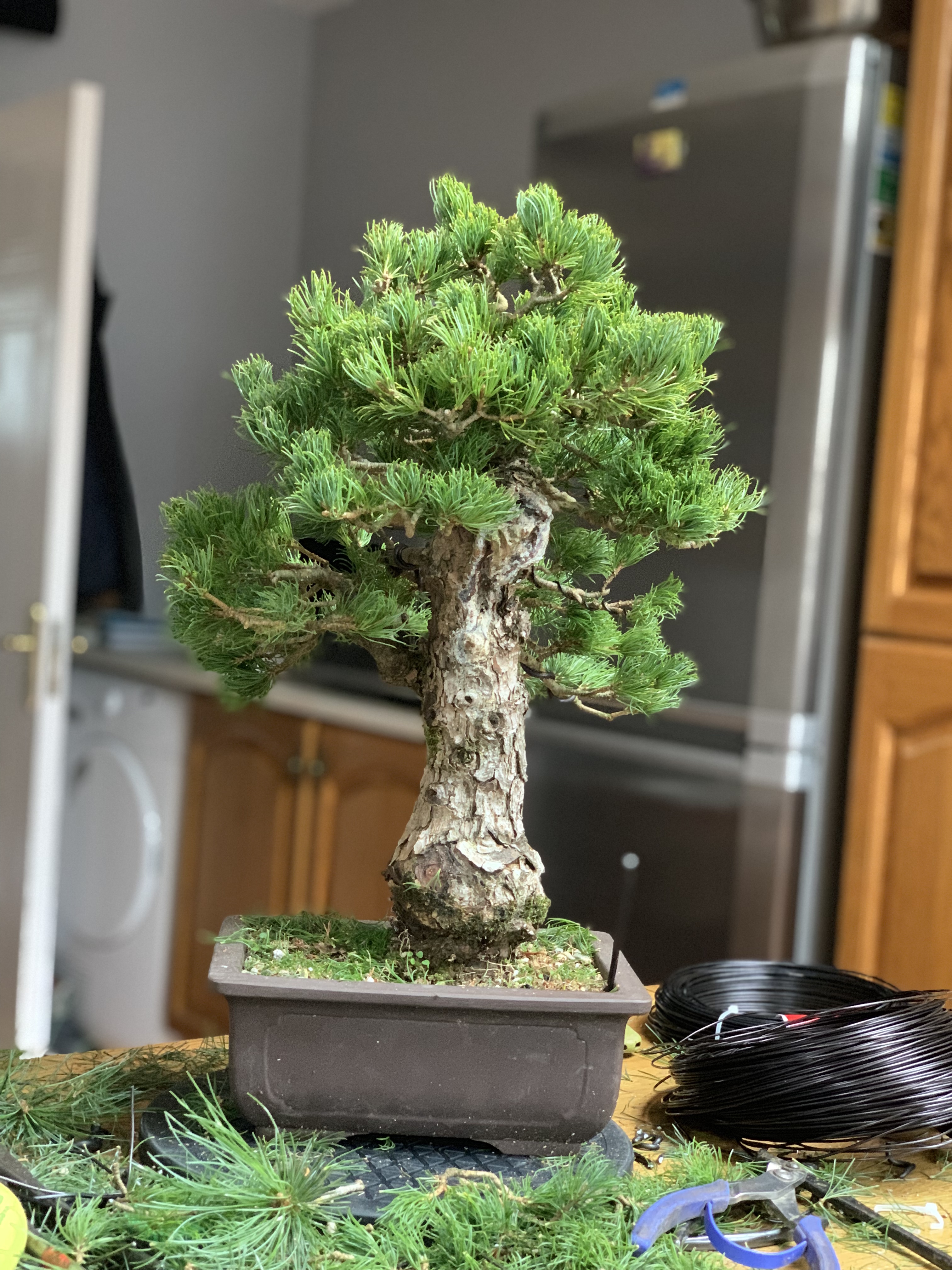



 snow on the way home as usual in Dublin. Thank you to all who supported the road trip. Back again images weeks for another round.
snow on the way home as usual in Dublin. Thank you to all who supported the road trip. Back again images weeks for another round.